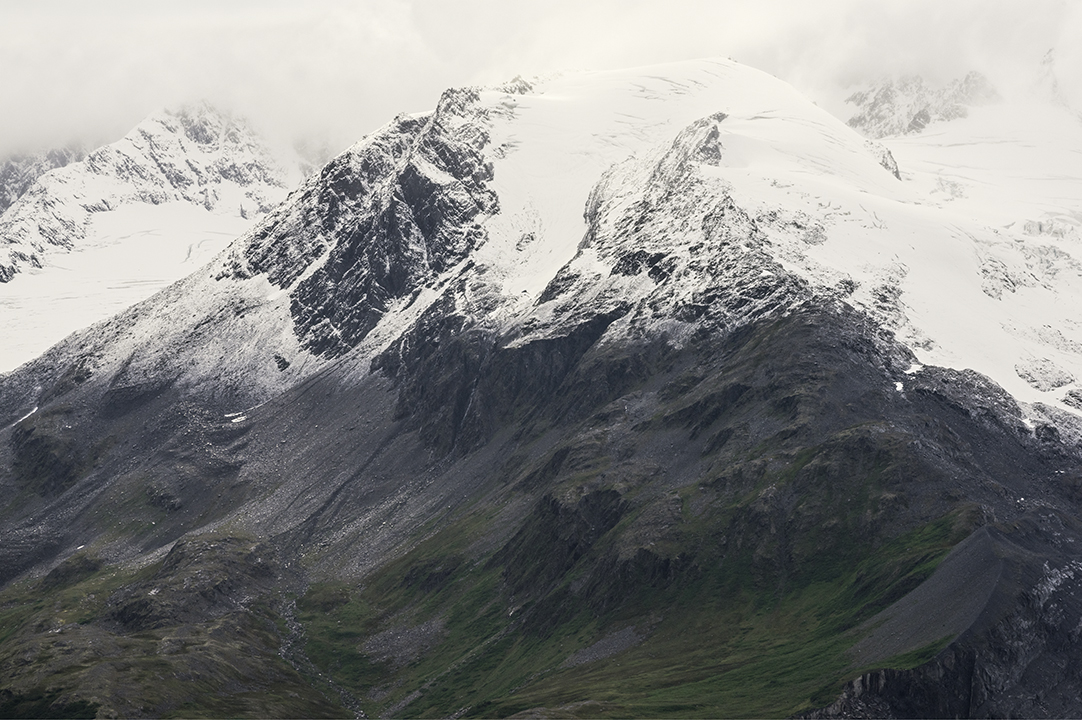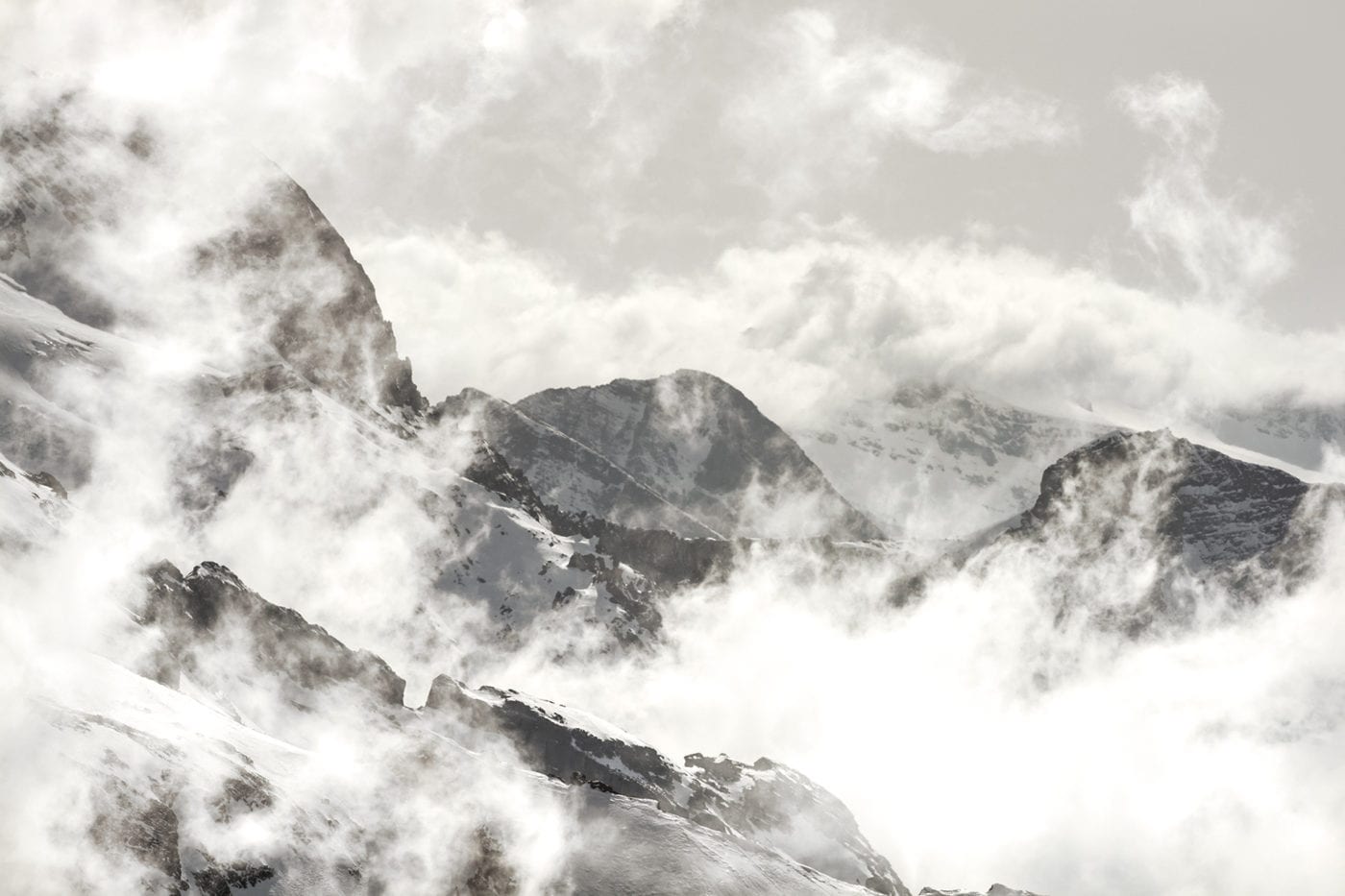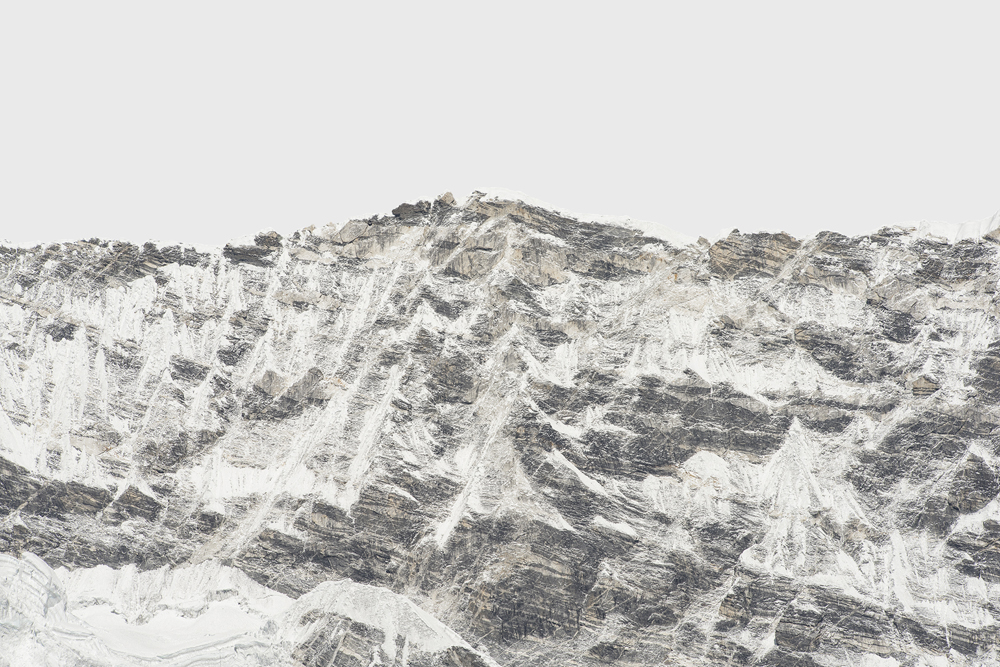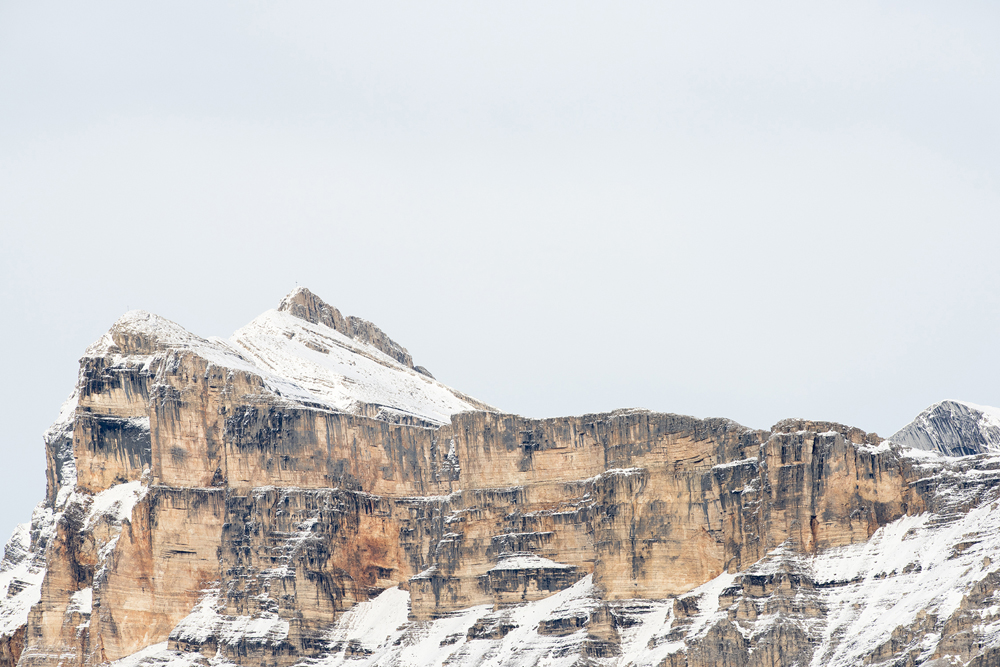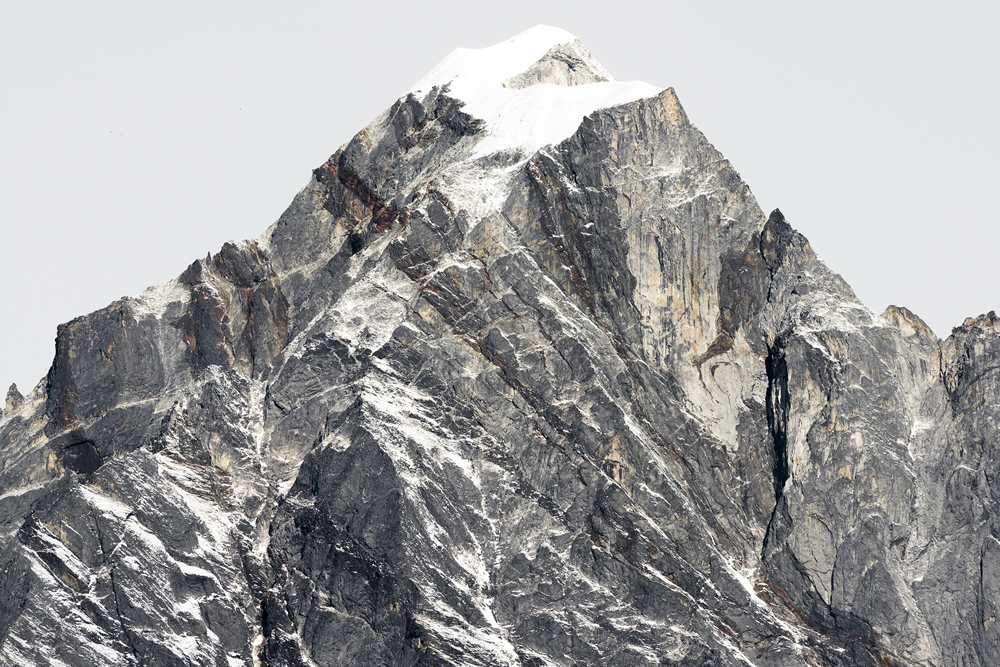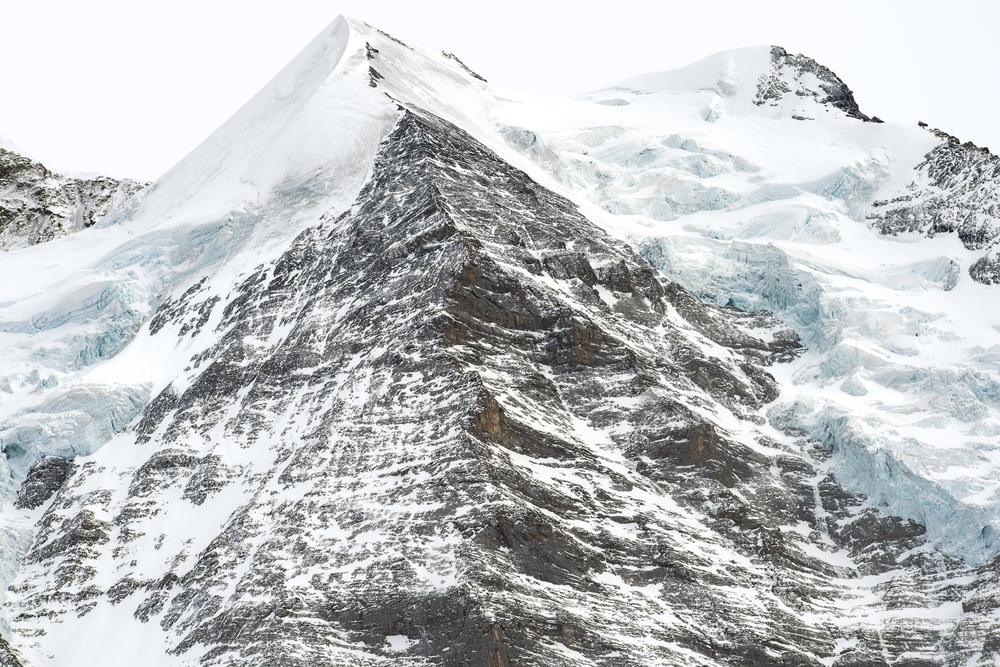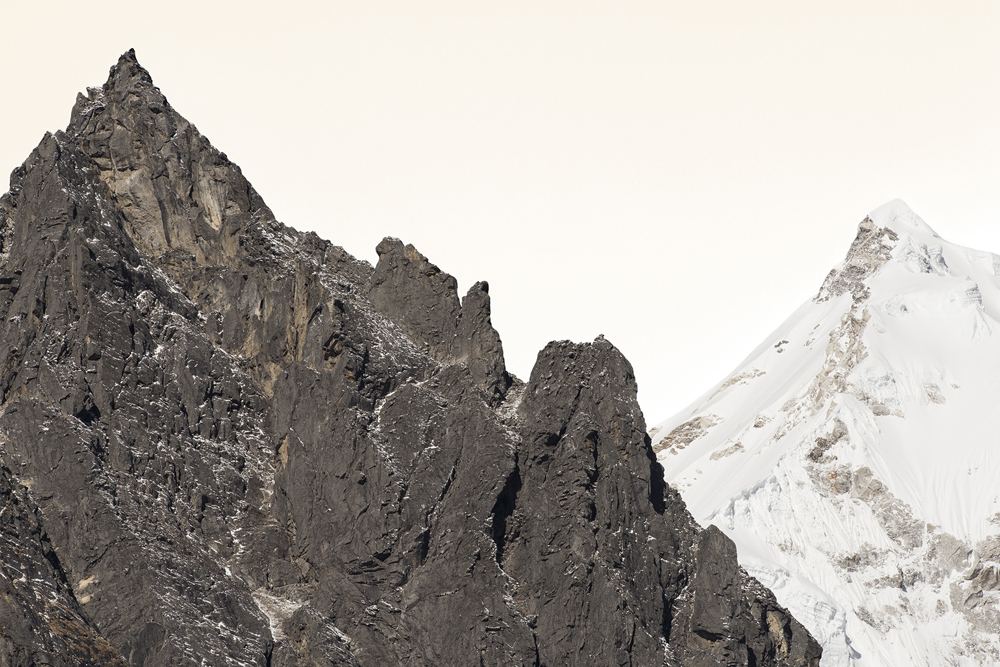
RENATE ALLER: MOUNTAIN INTERVAL
by Aline Smithson
March 26, 2019
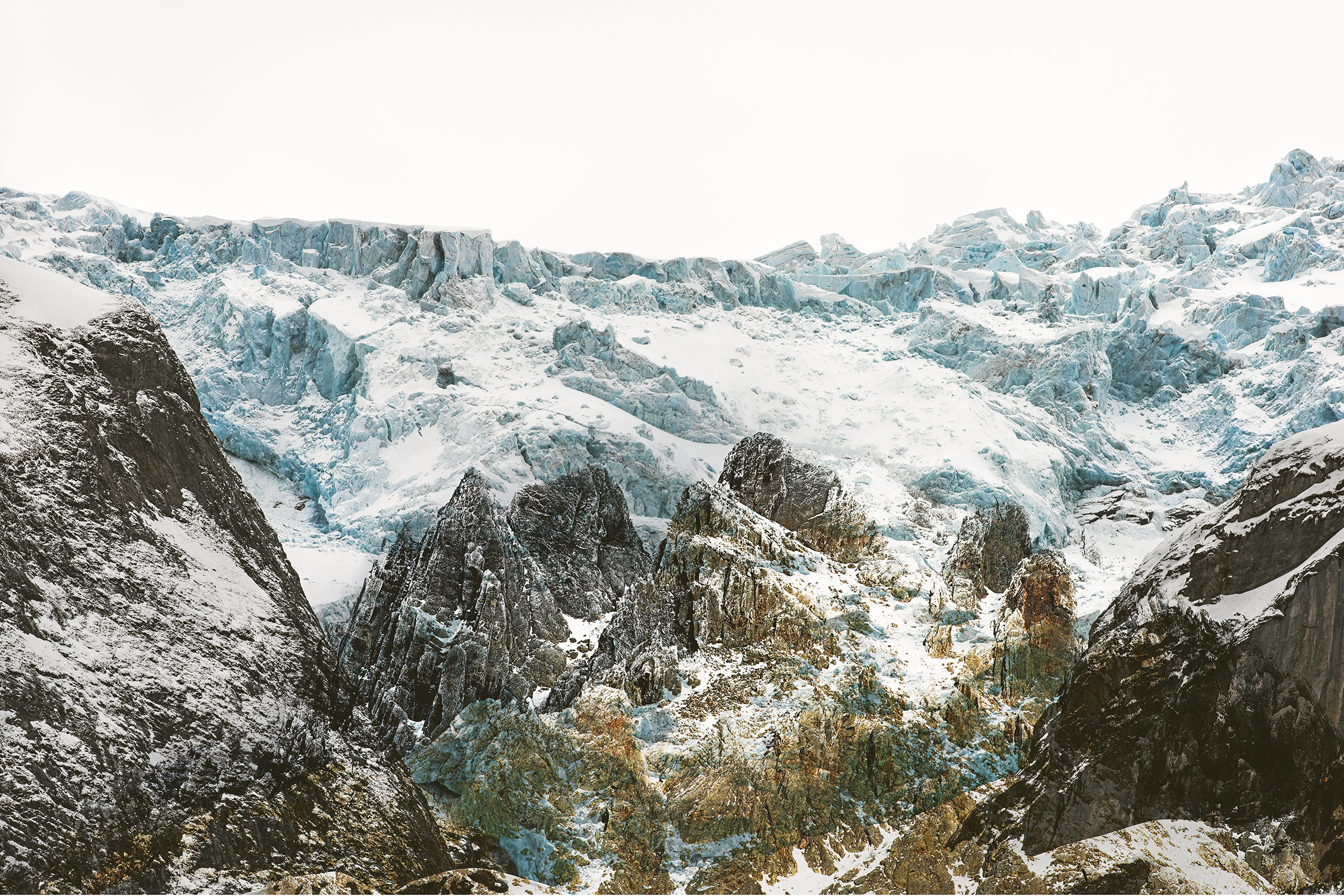
Photographic artist Renate Aller has a long legacy of recontexualizing the natural world with her projects “Ocean and Desert”, “dicotyledon” and the long term project “Oceanscapes – One View – Ten Years”. All support the artist’s investigation into the “relationship between Romanticism, memory and landscape – in the context of our current socio-political awareness.” She has a new project, Mountain Interval, that considers mountain peaks from six continents, taken from locations as high as 22,500 feet (adjacent to Mount Everest) to the European glaciers and mountain peaks of her childhood vacations.
Renate has new exhibition titled The Space Between Memory and Expectation that opened at the Parrish Art Museum in Water Mill, New York this past weekend. The show runs to July 28, 2019. The project is accompanied by a monograph published by Radius Books, which includes an essay by Terrie Sultan, Director of the Parrish Art Museum. On Friday, May 24th, Renate will be in conversation with Terrie Sultan about the exhibition and the book, with a signing to follow.
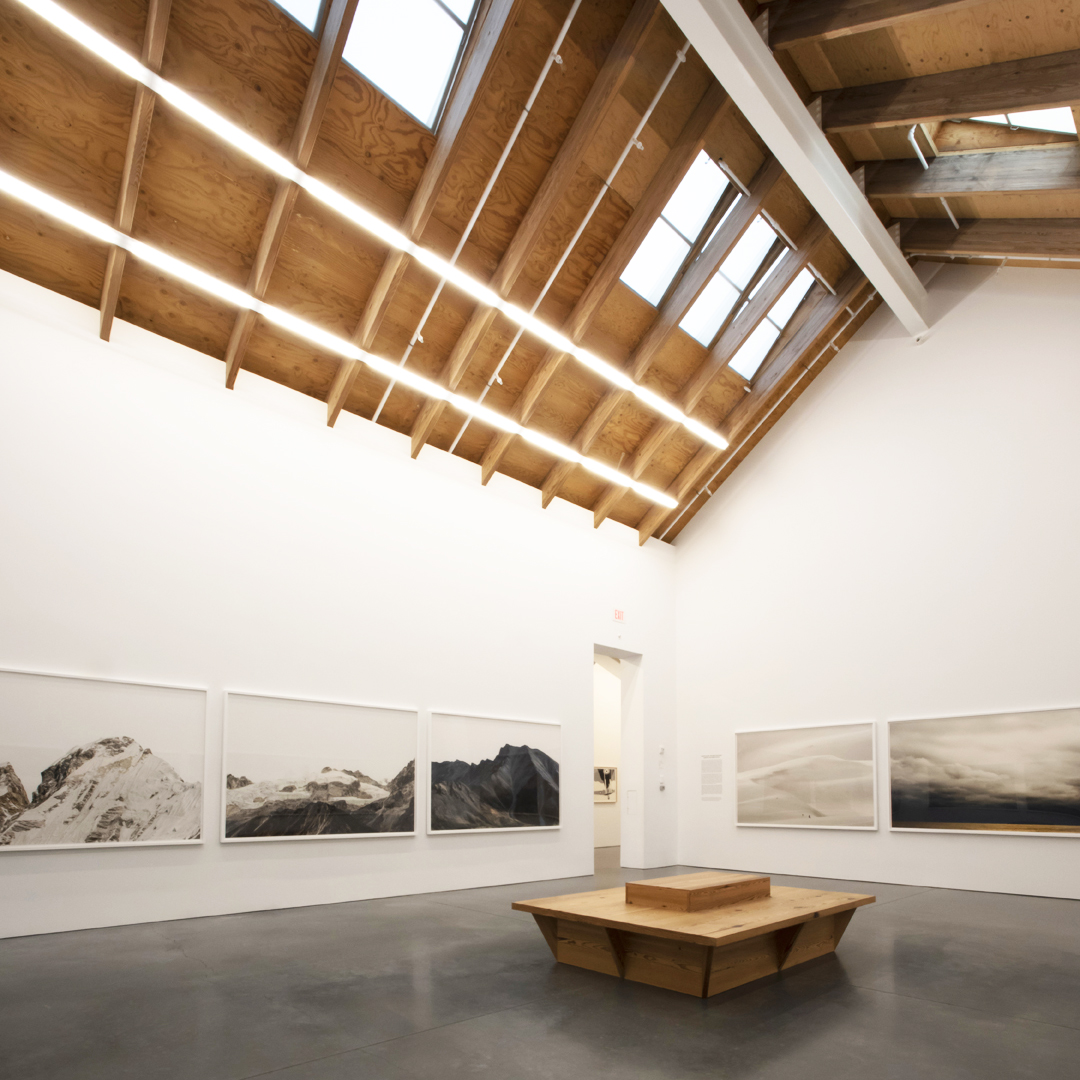
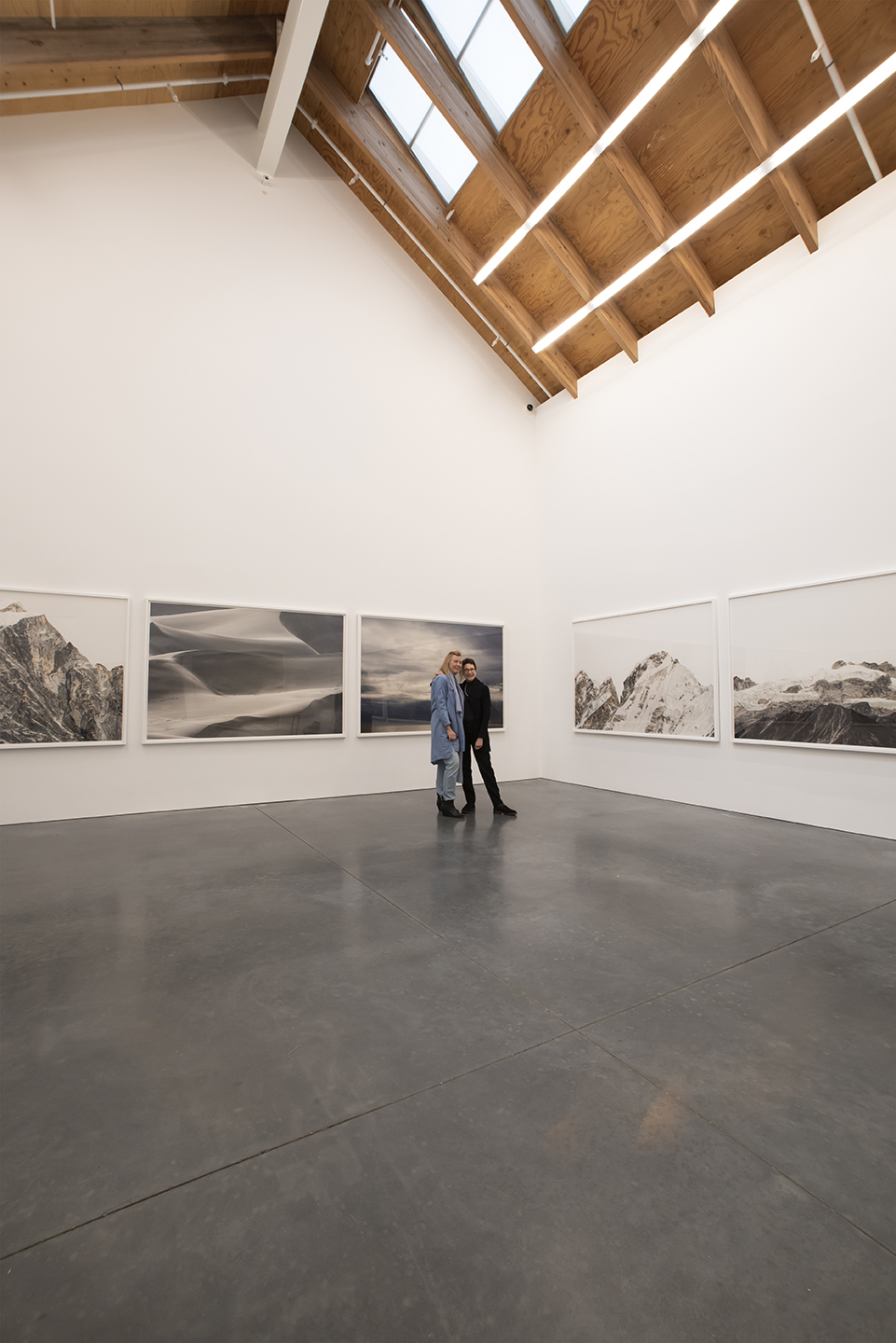
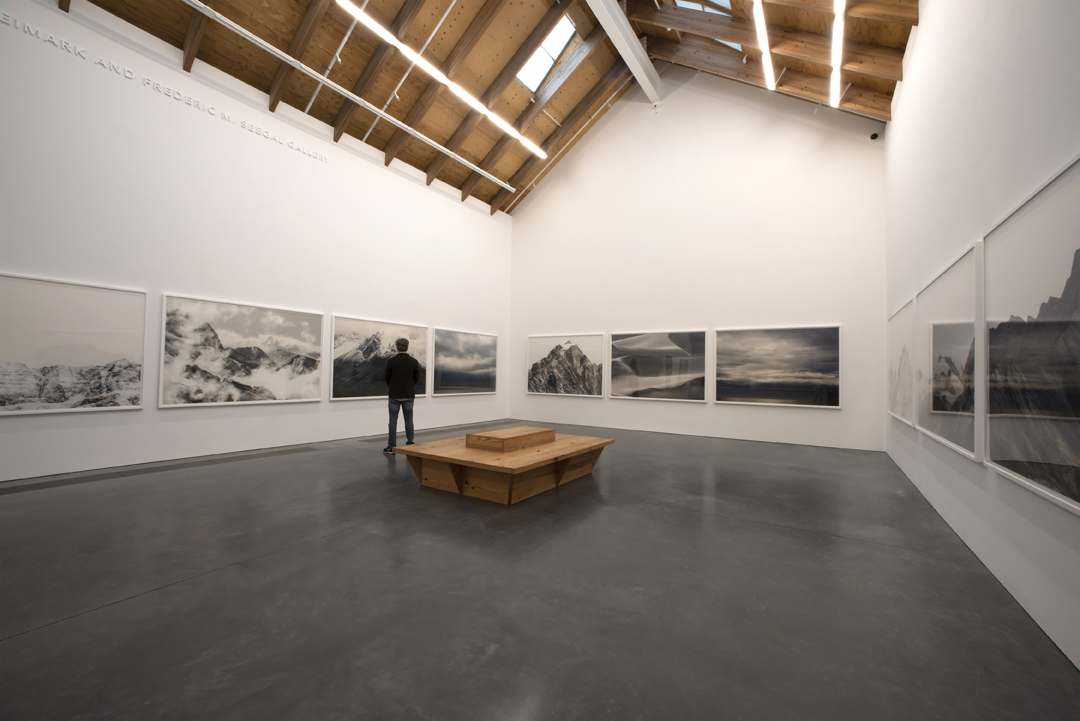
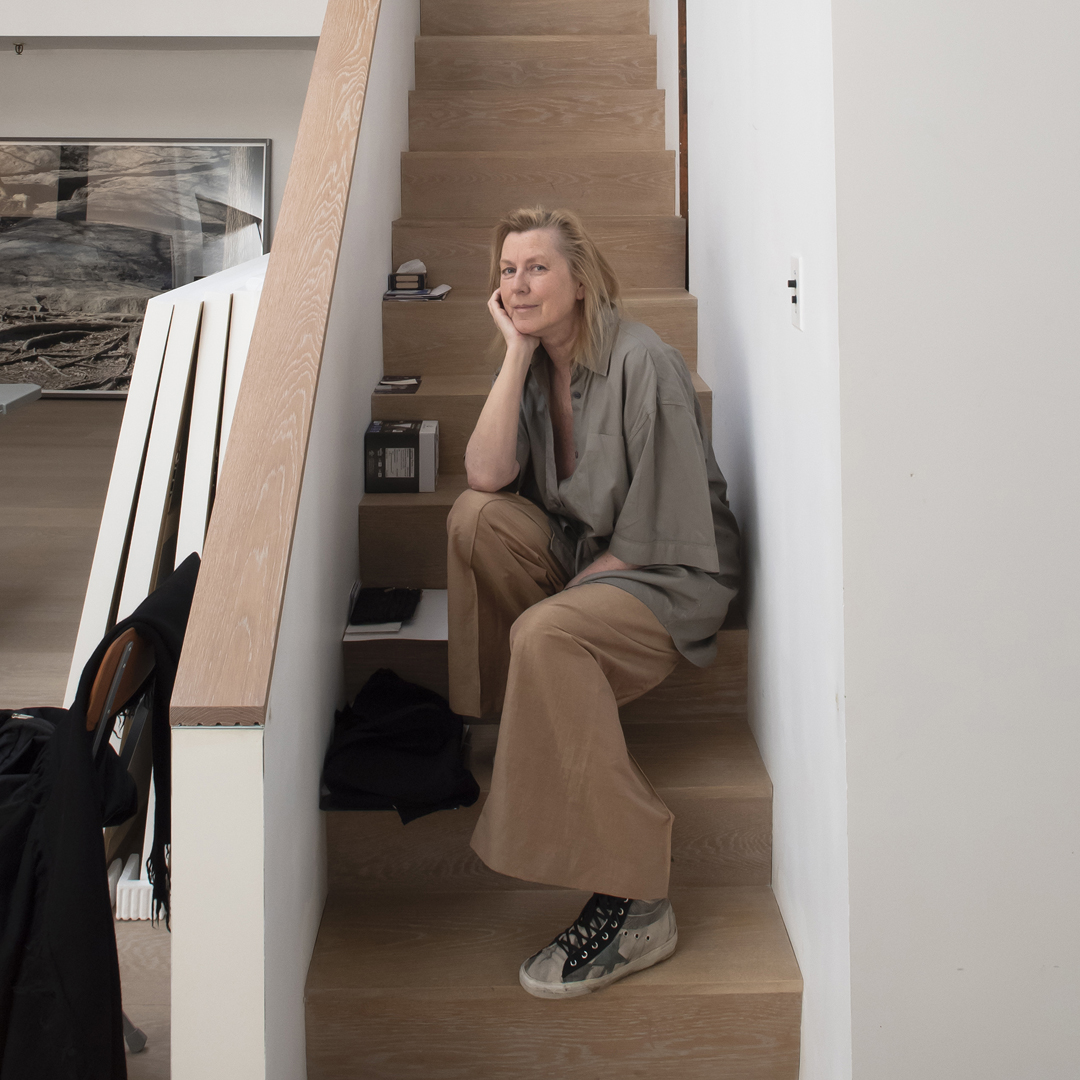
Though her capture of mountains is monumental, the images connect the viewer in a way that is surprisingly intimate. “Similar to the sand dune images from Ocean | Desert, the artist engages us with these giants in all their detail, the veins and textures of the rocks in their constantly transient state. Aller isolates the mountain from its expected surroundings, using and presenting the familiar and the known in an intimate way, relating to parallel realities from different locations, opening up conversations between the different (political) landscapes in which we live.”
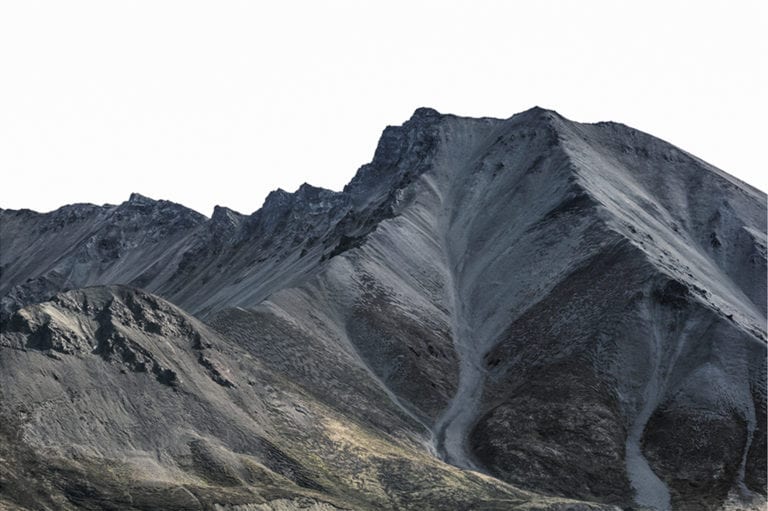
Mountain Interval and the Space between Memory and Expectation
These landscapes are familiar to us and at the same time appear abstract when presented in representation.
You enter a non-quantifiable space when engaging with these images. Disembodiment due to the loss of sense of scale – the equation between your body and what you experience. You look at the image and you start to negotiate your own position regarding what is presented to you. From an abstract perception you proceed to create a reality for yourself and make the absence into a presence. The abstract image seems to be listening to you and you feel “touched” by its non-quantifiable space.
The interval, the space in between, is and is about the moments during which apparently nothing happens, but without which no change could happen. “The Space between Memory and Expectation” is another way to describe this state of stillness and transition.
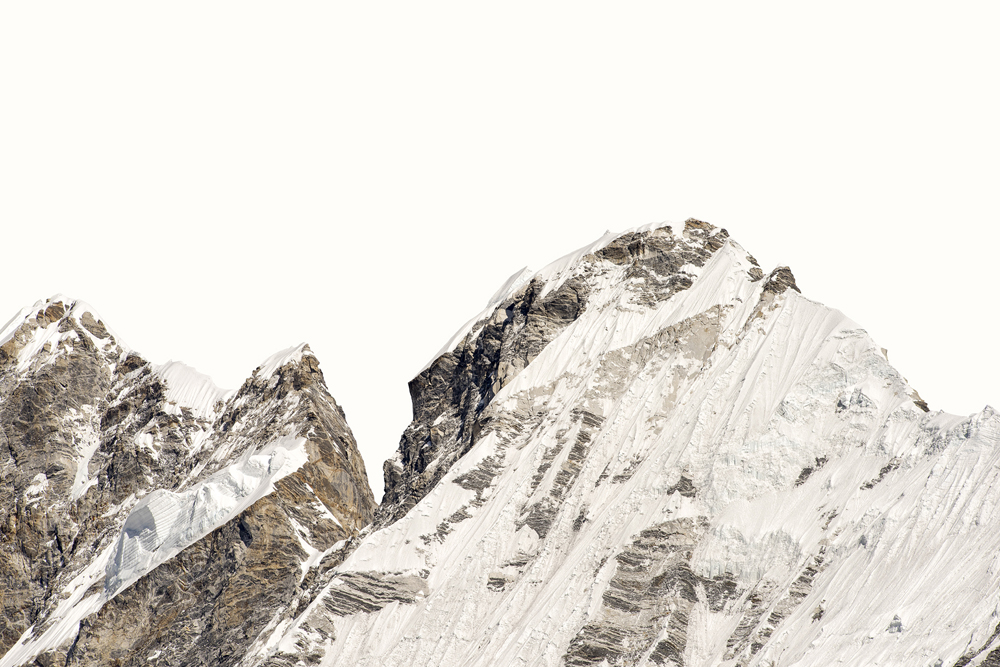
Similar to the sand dune images from Ocean | Desert, I am trying to engage the viewer with these giants in all their detail, the veins and textures of the rocks in their constantly transient state. I am isolating the mountain from its expected surroundings, using and presenting the familiar and the known in an intimate way, relating to parallel realities from different locations, opening up conversations between the different (political) landscapes in which we live.
During my childhood and early teenage years in Germany every vacation as well as weekends available, my father led the family up mountain ranges, through dense forests or long hikes along river banks or other shore lines. It seemed to me as if the sole purpose of these outings was to teach my sister and myself to find our bearings, never to get lost or disoriented. Whether it was the side of the tree where the moss grows as an indication or the position of the solar system in relation to our whereabouts, my parents who had to escape and find their way through unknown and foreign landscapes during the end of the third Reich wanted us, their children to never get lost in either landscape, the natural nor the political one.
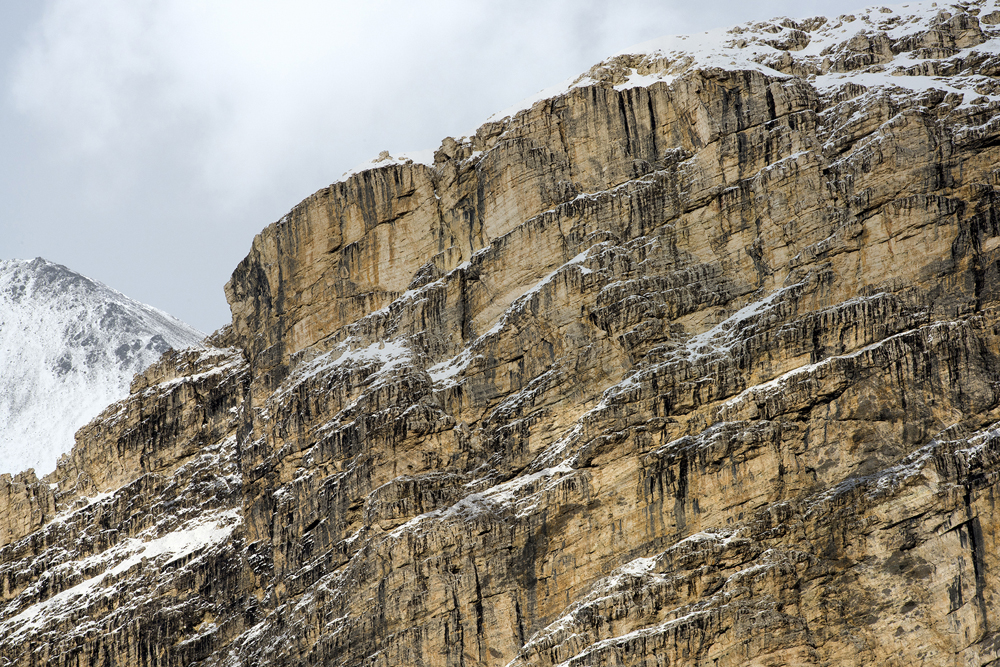
Since entering art school in London in the early 90’s, I have concerned myself with the relationship of human beings to their surroundings.
We moved 1999 from London to New York and lived the first winter on Long Island at the shore in a house on stilts. From there I pointed my camera all times of the day and through various seasons toward the ocean from excactly the same location and have continued revisiting the same view to this day, the ongoing oceanscape project with images all taken from exactly the same location, each seascape photographed at a different point of time, representing the history of art from Caspar David Friedrich and Turner to contemporary representation and the weight of history on the world today.
We know that we have to find our own bearings in this conflicting and deconstructed political landscape. My own work is rooted firmly in these thoughts and the dialogue it brings up. It is also possible that the ocean’s horizon gave me a sense of reassurance and security, and therefore helped me to “arrive” in my new home.
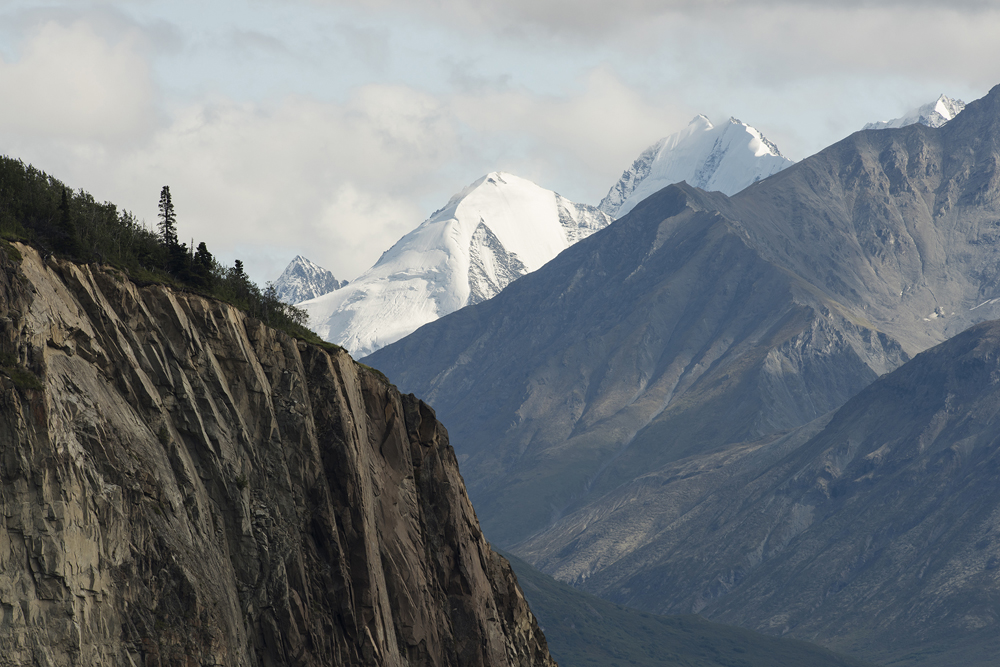
‘Heimat is an intoxicant, a medium of transport; to contemplate Heimat means to imagine an uncontaminated space, a realm of innocence and immediacy.’ (quote from my earlier work “Heimat”)
The reading of a work changes with the ever-changing cultural and historical awareness. And so does the meaning and reading of symbols change.
The reading of my works are tightly bound to these conditions :
A) Production, the socio/political space and conditions in which they are produced
B) Presentation (i.e. Materials such as Photo-paper versus water-color paper, framing, size, etc)
C) Socio/political space and conditions in which they are shown
D) Place in the current art scene
E) Relationship to the past
F) Images in relationship to the architectural space they are exhibited in
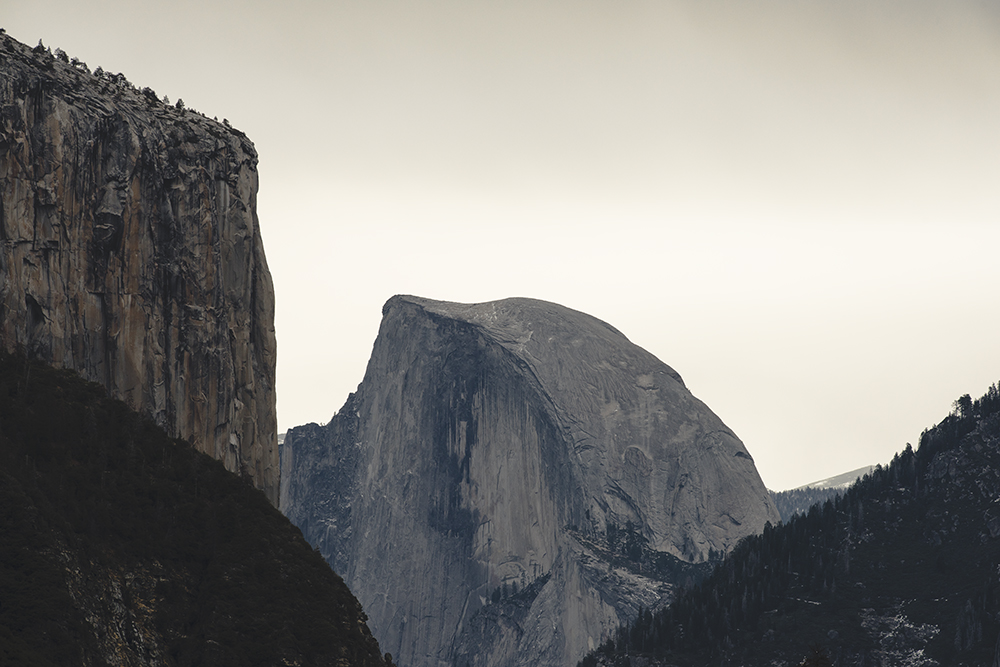
The way we are looking at nature from a distance is similar to the way painters of the romantic period presented their work to the viewer. Our human desire is to tame and dominate nature. Our ambivalent relationship with nature is reflected in the way we are looking at it, using the landscape image as a mirror of ourselves filled with illusions, desire and nostalgia or as a fulfillment of our idealized self. Our relationship to nature is one of intervention and domination. We expect nature to present itself as a stage set for our entertainment.
Playing with the effect an image has on us by putting two visual representations together, or a grid of multiple images, the viewer is asked to make the connection of multiple experiences as we would in the linguistic world where the placement of multiple words create the meaning depending on their placement and relationship to each other. There is no single linear narrative.
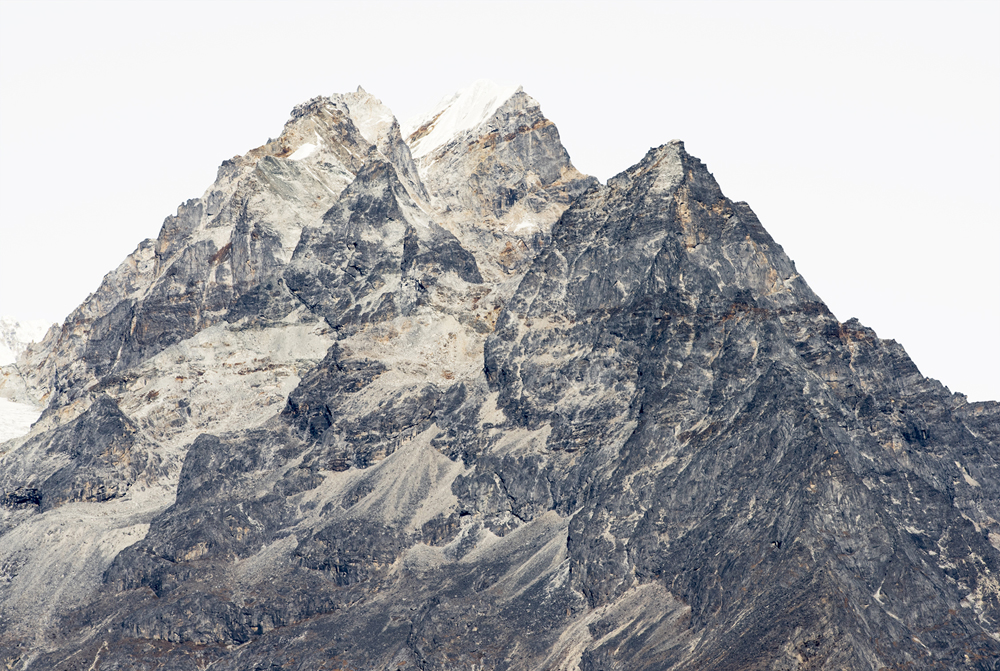
Born in Germany, Renate Aller lives and works in New York. Mountain Interval is her fourth monograph published with Radius Books, following Ocean | Desert, dicotyledon, and the long-term project Oceanscapes. Her artworks are in the collections of corporate institutions, private collectors, and museums, including Lannan Foundation, Santa Fe; National Gallery of Art, Washington, DC; Yale University Art Gallery, New Haven, CT; George Eastman House, Rochester, NY; New Britain Museum of American Art, CT; Hamburger Kunsthalle, Germany; Chazen Museum of Art, Madison, WI; and Parrish Art Museum, Water Mill, NY.
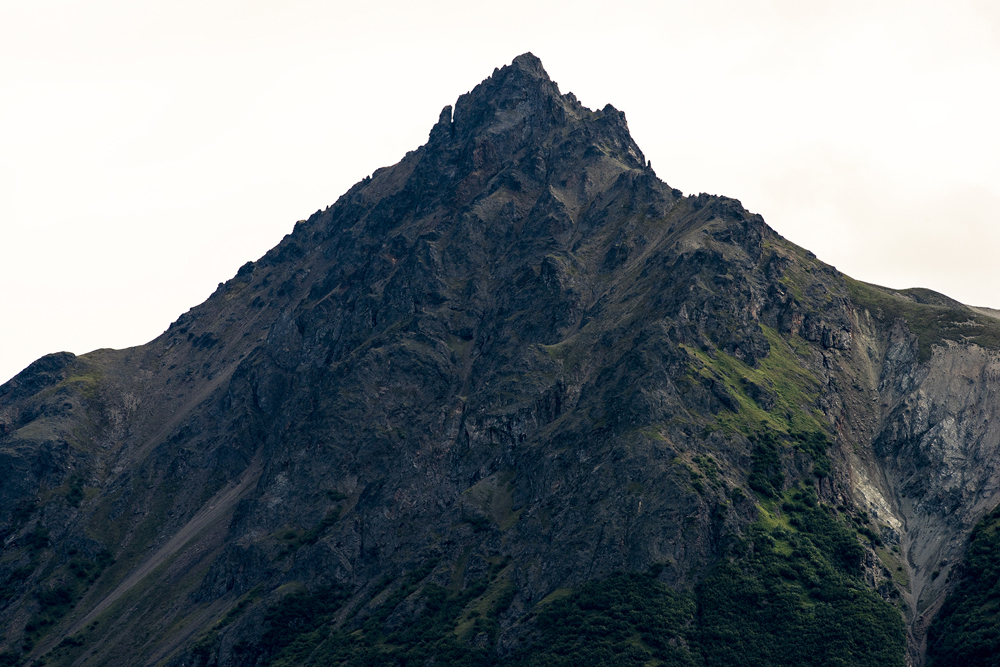
ABOUT THE AUTHOR
Terrie Sultan is an American art historian and museum director. She is the director of the Parrish Art Museum in Long Island, New York. Her previous position was at the University of Houston in Texas. She has served in senior positions at the New Museum of Contemporary Art in New York, the Corcoran Gallery of Art in Washington, DC, and the Blaffer Art Museum at the University of Houston. Sultan is a member of the International Association of Art Critics; is a Founding board member of Étant donnés, the French-American Endowment for Contemporary Art; and was awarded a Chevalier in the Ordre des Arts et des Lettres by the Government of France (2003). Under her direction, the Parrish Art Museum constructed a new campus in Water Mill, New York.
